Research facilities
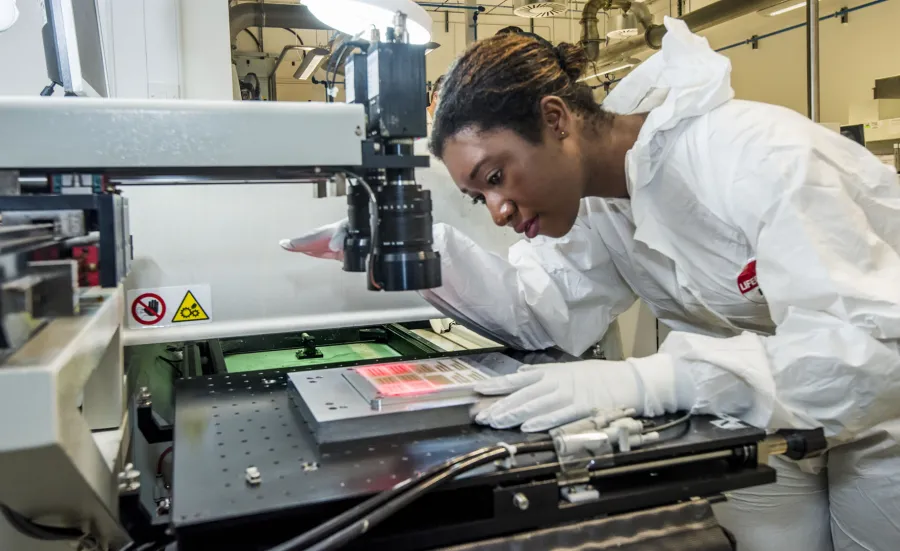
Our modern university research facilities, archives, and buildings give you access to the best equipment to advance your research.

Our modern university research facilities, archives, and buildings give you access to the best equipment to advance your research.

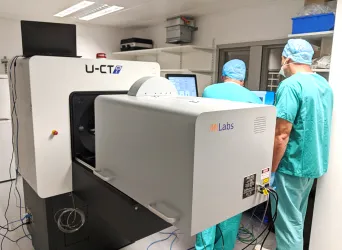
We provide micro-computed tomography (micro-CT) imaging of soft-tissue samples.
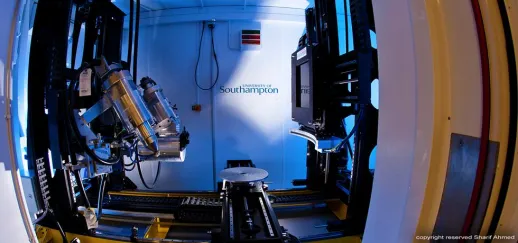
We carry out advanced three-dimensional imaging and computed tomography.
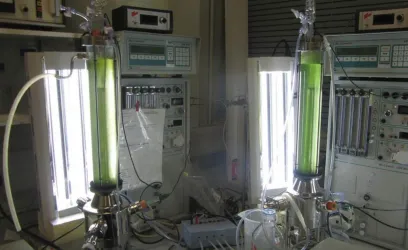
We can carry out research using our water channel reactors and bioreactors up to production scale. Our facilities are located in Southampton and Spain.
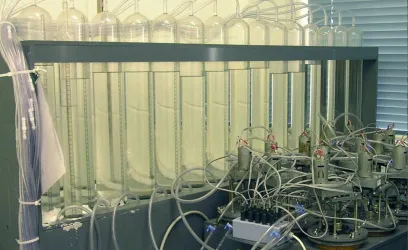
This laboratory is home to more than 250 kinds of anaerobic digesters. We carry out research from lab study to commercial operating plant.
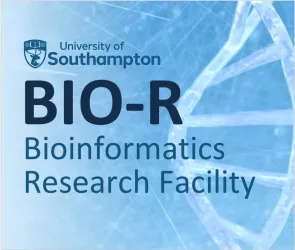
The BIO-R provides expert bioinformatics consulting and data analysis solutions.
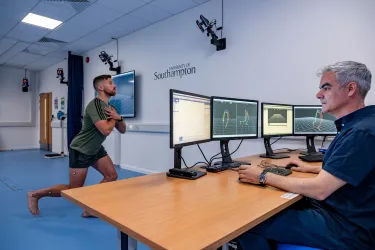
We are a purpose-built, fully equipped laboratory dedicated to studying the biomechanical and physiological mechanisms of daily and physical activities in both controlled and field environments.
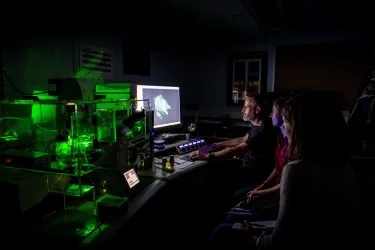
The confocal and lightsheet microscopy facility provides expertise in producing high resolution images.
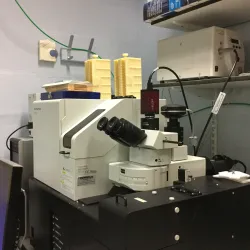
Virtual microscopy systems allows the scanning of whole slides or selected regions at a chosen magnification.
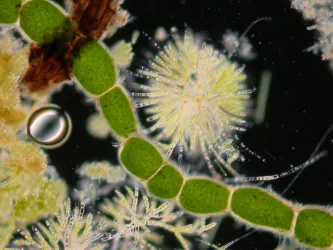
We have a variety of standard, high quality, upright and inverted photomicroscopes with different imaging modalities for general imaging purposes.
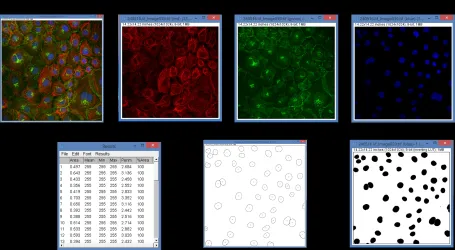
We have a wide variety of high end graphics workstations, touchscreen monitors and dedicated software for scientific image processing and analysis.
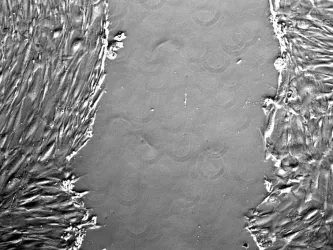
A fully automated, inverted microscope system with brightfield, phase contrast and fluorescence imaging capabilities and long working distance objectives.
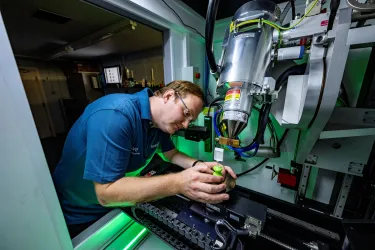
MicroCT is a non-destructive imaging technique that use X-rays to generate high resolution 3D datasets from samples.
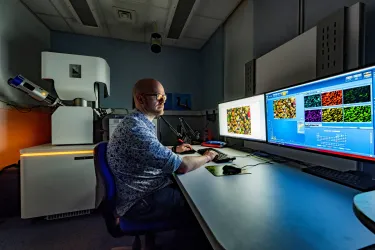
This facility enables the creation of ultra high-resolution images of surface topography with a large depth of focus.
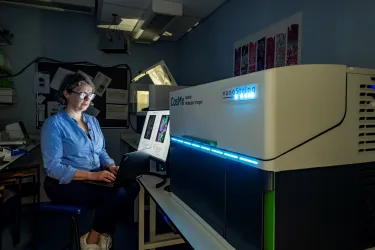
Our spatial biology platform provides equipment and expertise to enable cutting edge work.
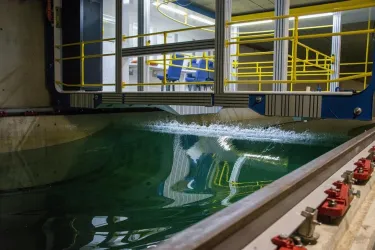
This facility supports a wide range of research and commercial activities across the maritime, aerospace, energy and transportation sectors.
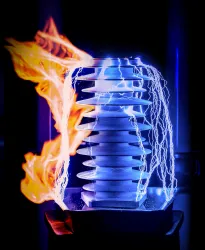
Traditional insulator and bushing designs using either ceramics or glass have been superseded by polymeric and composite designs, areas in which we have a lot of experience.

We are very experienced in the testing of parent cable, joints and terminations and have developed facilities specifically for several bespoke electrical, thermal and mechanical tests.
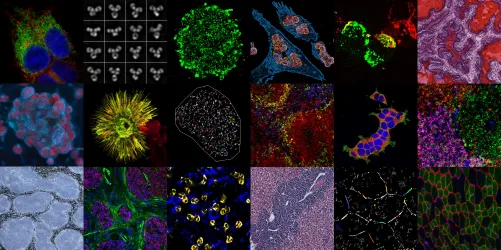
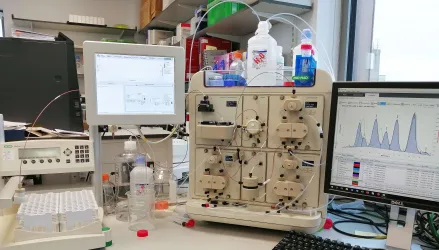
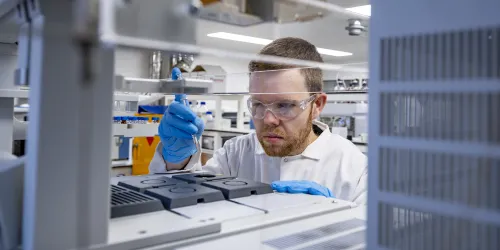
We are a world-class facility for chemical and isotopic analysis of natural and anthropogenic materials.
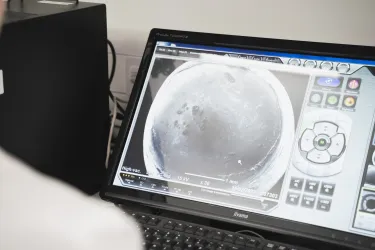
Our laboratory suite supports research and teaching in Environmental Science.
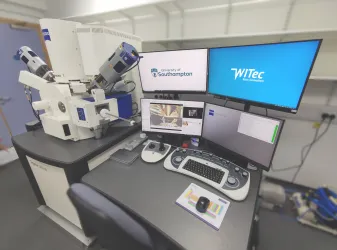
The Chemical Nanoanalysis Scanning Electron Microscope (CNSEM) facility offers a high resolution field emission SEM, in combination with dual-EDS and correlative Raman spectrometer.
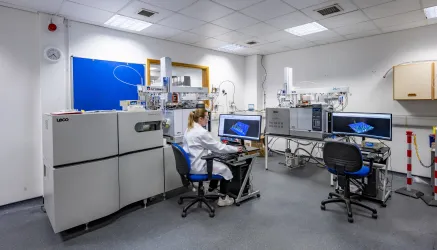
We host 11 different mass spectrometry instruments with a range of ionisation techniques, analyser types and chromatography inlets.
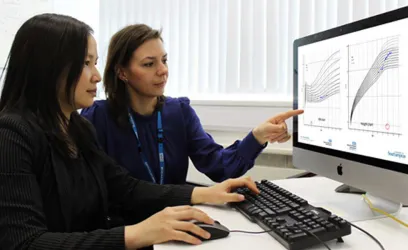
Our informatics services cover clinical trials management, form design, data integration, health research analysis and clinical innovation.
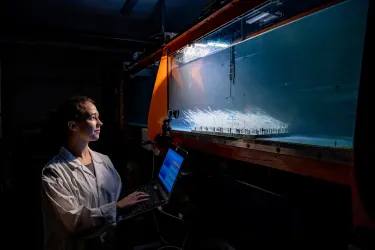
The Coastal Research Laboratories are dedicated to the study of coastal, estuarine and shelf sea hydrodynamics and sediment transport, and interactions between flow, sediment, ecosystems and infrastructure.
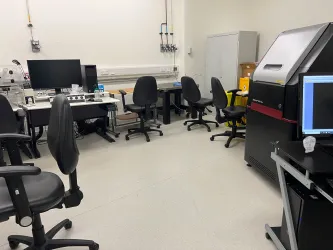
Our confocal microscope provides optical sectioning of samples. This allows us to create 3D reconstructions.
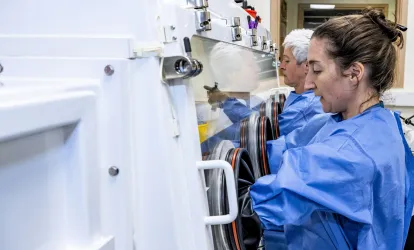
Our facility is designed to handle and contain the most dangerous human pathogens
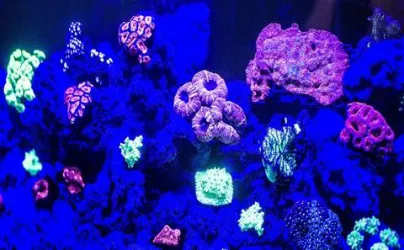
Coral reef science: inspiring awareness of the need to protect marine ecosystems.
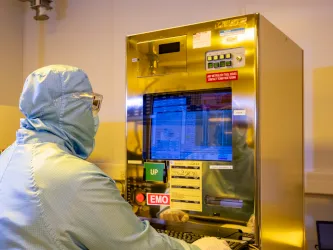
Our deep-ultraviolet scanner is a unique capability within UK academic research.
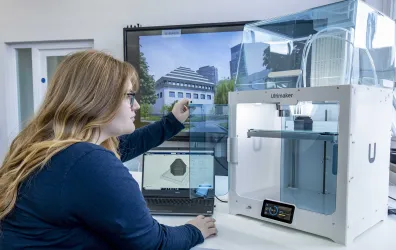
Use our immersive, virtual reality and digital production facilities to create and explore artefacts, environments and recordings for your humanities research.

The driving simulator offers an immersive driving experience for human factors research.
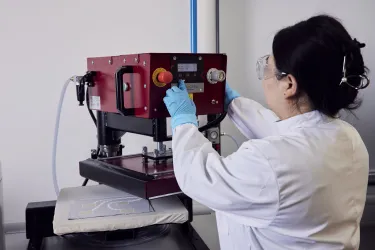
We operate at the intersection of textiles and electronics, blending design with engineering.
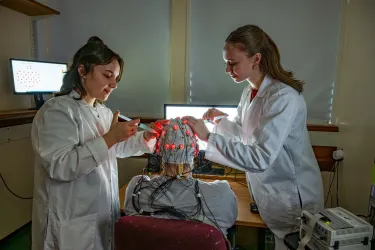
The EEG facility is a key resource for investigating the brain’s electrical activity in real time.
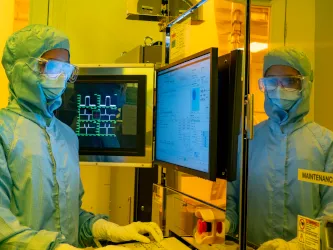
Our electron beam lithography facility hosts the first 200 kilovolt system outside of Japan.
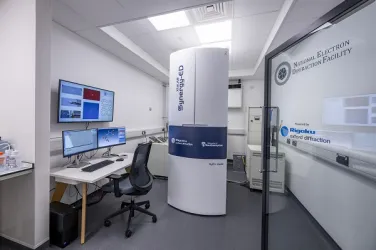
Our electron diffraction facility enables single-crystal structure analysis of crystallites too small for single-crystal X-ray diffraction experiments.
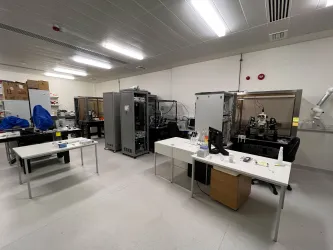
We have a range of electrophysiology instruments capable of measuring electrical fields in both sectioned explants and adherent cells
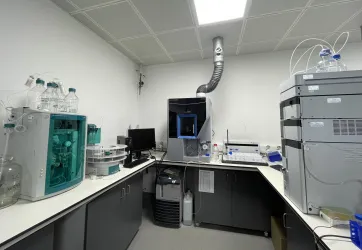
Our work focusses on the design and optimization of wastewater treatment technologies and bioenergy research.
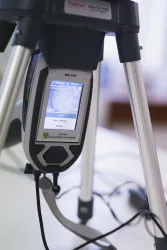
This Laboratory Suite supports research and teaching in Physical Geography.
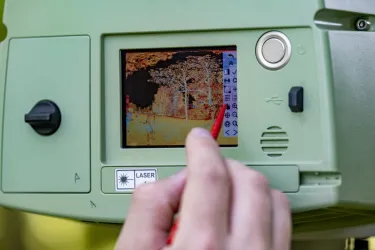
Uncovering new frontiers of understanding using environmental sensing.
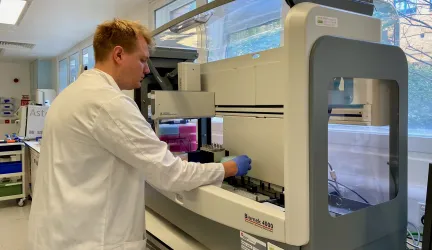
We perform a range of wet lab protocols, ranging from nucleic acid quality assurance to library preparation and in-house sequencing.
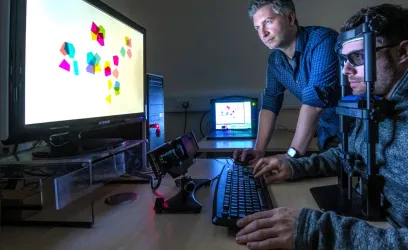
Our eye tracking facilities can record human eye movement which helps us research language processing and visual threat detection.
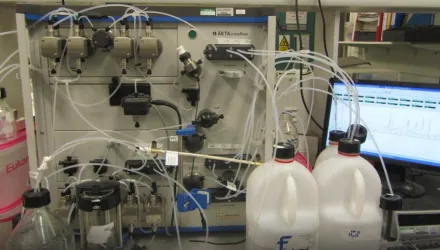
We explore the production of biofuels in our environmental biotechnology facilities. Equipment includes fermenters and downstream processors.
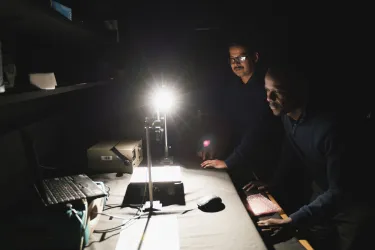
Fully equipped dark room suitable for a variety of spectroradiometric experiments.
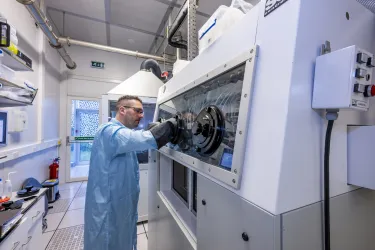
The flame hydrolysis deposition facility supports the industrial process for producing planar lightwave circuits. This includes the array waveguide gratings used in telecommunication networks.
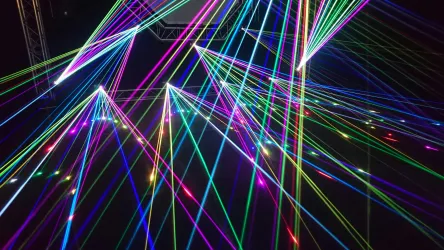
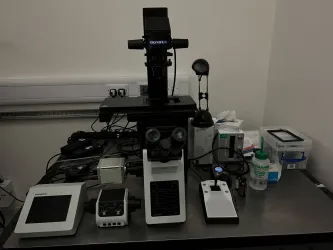
Our widefield and zoom fluorescence microscopes permit the specific labelling of up to four targets simultaneously.
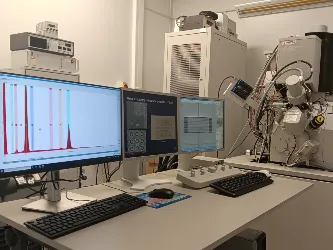
This facility supports research in nanoelectronics, nanophotonics, silicon photonics and quantum devices research.
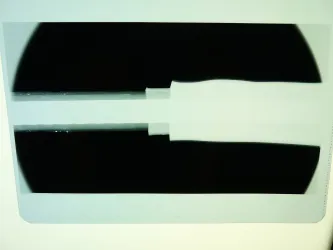
As a laboratory that has a significant profile of insulation research, we are very well equipped with tools and measurement apparatus that are applicable to forensic study of dielectric materials.

Our freshwater fish holding facilities include indoor and outdoor holding tanks.
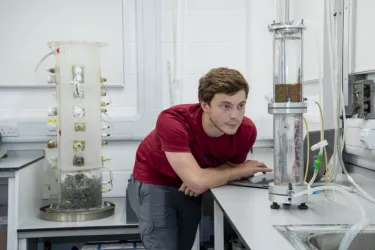
This facility is for standard and advanced soil element testing, including rail track bed materials.
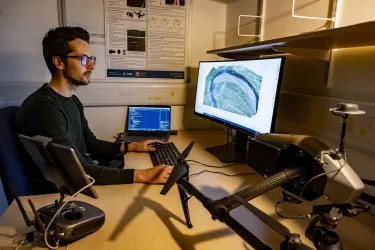
The Geospatial computing facility is a specialised IT facility for Geospatial data.
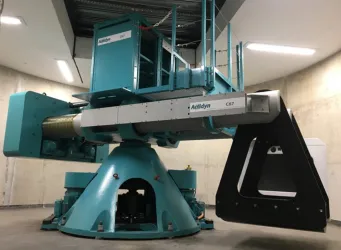
We research the effects of climate change on infrastructure without waiting for it to happen.

The high energy laboratory provides additional off-campus space to allow testing and operation of high voltage and power energy storage and production systems.
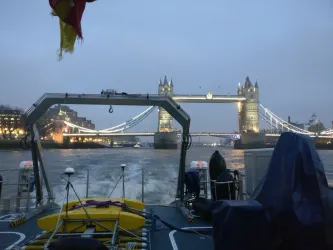
We study the seabed and the near-seabed subsurface at better than 1m resolution using acoustic tools.
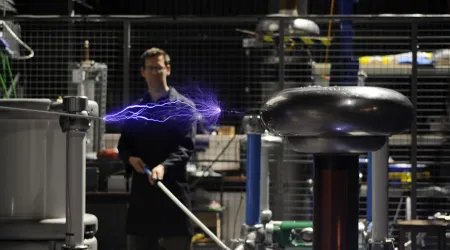
The Tony Davies high voltage laboratory (TDHVL) is our centre for research into dielectric materials and insulation systems, as well as high voltage and related phenomena.
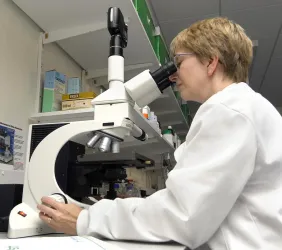
We process cells and tissue samples into a range of mediums including frozen, paraffin, and resin.
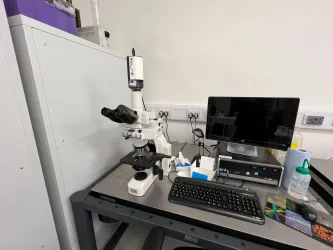
The facility provides histological microscopes for colourimetric imaging, plus additional equipment for the sectioning, preservation and processing of specimens.

We specialise in processing and characterisation of thin film materials from solution, such as those employed in flexible or wearable optoelectronic devices and battery research.
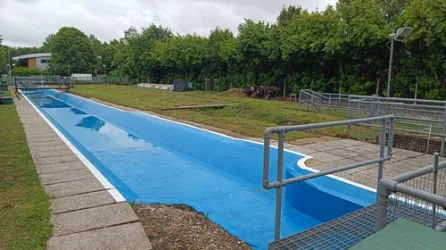
Our Hydraulics facilities support the experimental fluid dynamics research conducted at the University.

The Imaging and Microscopy Centre is a core facility for advanced life sciences imaging at Southampton University.
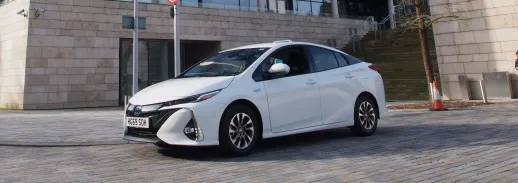
Our on-road instrumented vehicle can be used for naturalistic studies of driving and driver behaviour.
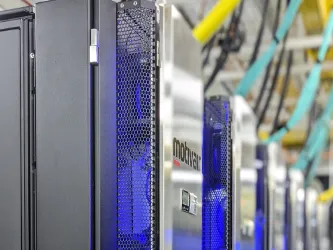
Learn more about the Iridis, University’s High Performance Computing System
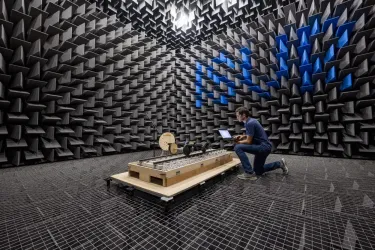
Our anechoic chamber is a silent room 'without echoes' used for carrying out standard acoustical tests.
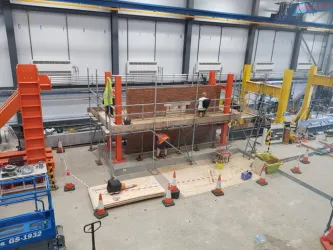
This facility tests structures, components and materials at a range of scales across a wide range of application areas.
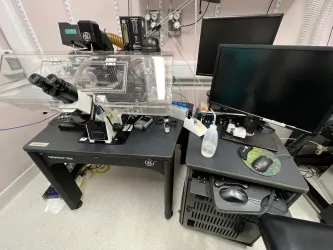
We have a live imaging system that allows us to investigate living cells using time lapse microscopy.
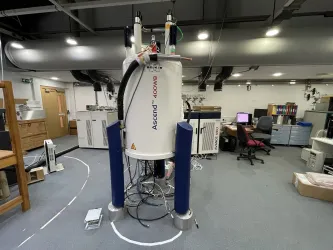
Our facilities at the Interdisciplinary Centre for Magnetic Resonance include nine NMR spectrometers plus several customised and ancillary items. Our facilities are located on the ground floor of Building 27 (School of Chemistry and Chemical Engineer...
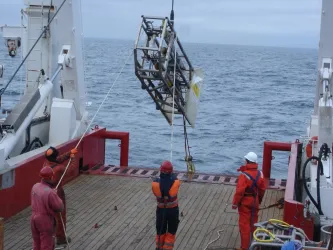
We carry out marine controlled source electromagnetic (CSEM) surveys - for both academic and applied research topics.
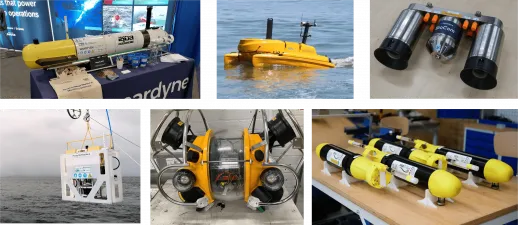
The Maritime Robotics Laboratory at the University of Southampton aims to develop the next generation of ocean going robots.

The material innovation laboratory facility offers a range of capabilities ranging from synthesis and characterisation to full research projects focusing on high-throughput methodology.
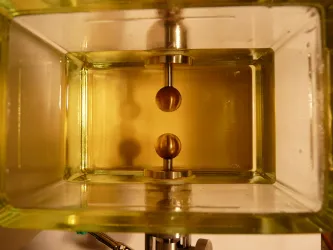
We specialise in the characterisation of materials in terms of electrical, mechanical and thermal properties, which plays an important role in product development.
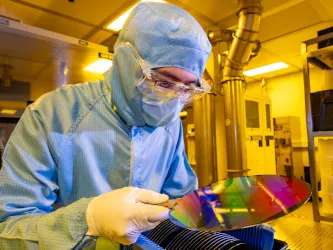
The nanofabrication cleanrooms houses a fully featured suite of semiconductor processing tools as well as a planar fabrication laboratory.
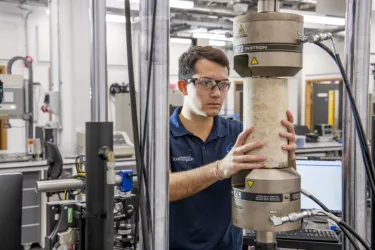
This facility contains 5 engineering laboratories. It carries out research into improving and developing infrastructure.
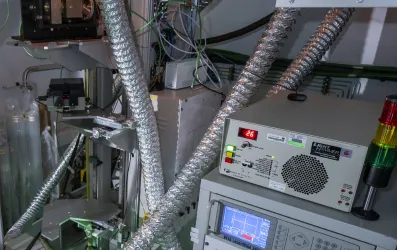
We specialise in advanced material development. This ranges from exotic 2D semiconductors to bulk glasses with wide optical transparency.
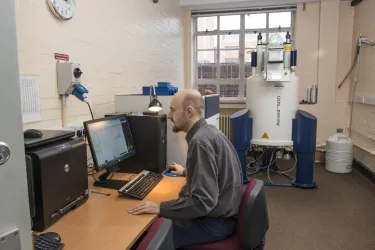
Nuclear magnetic resonance (NMR) spectroscopy is a highly effective analytical tool that enables the assignment of functional groups, atom connectivity, and 3D molecular structures by combining a wide range of 1D and 2D NMR experiments.
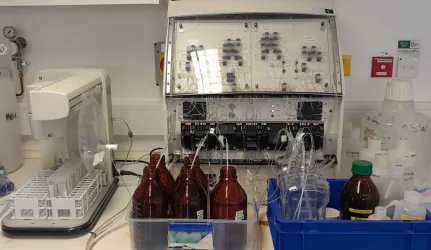
We provide expert analyses for dissolved inorganic and organic nutrients, as well as carbonate chemistry, in diverse freshwater and seawater samples.
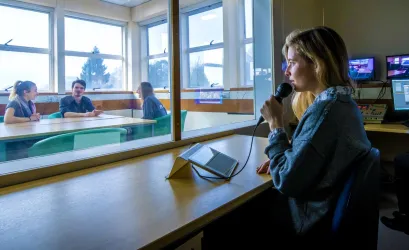
With a 1 way mirror and recording suite we use this lab to observe and investigate social interactions.
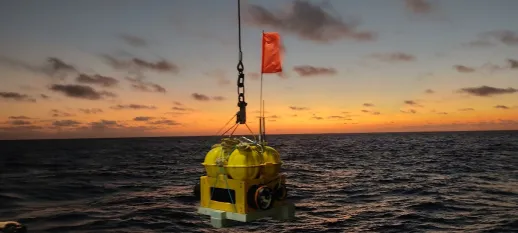
We aim to provide the academic and commercial communities with access to multi-sensor, versatile seabed instruments to enable sub-surface geophysical imaging at high vertical and lateral resolution.
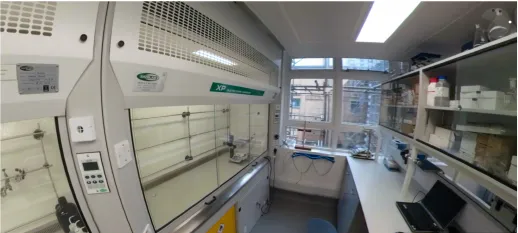
We have a dedicated sample preparation lab, wet chemistry lab space, and an instrumentation lab.
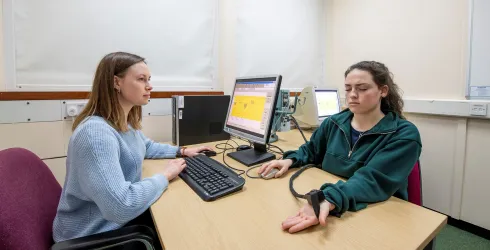
We have a dedicated temperature-controlled laboratory, with specialist equipment for understanding pain response.
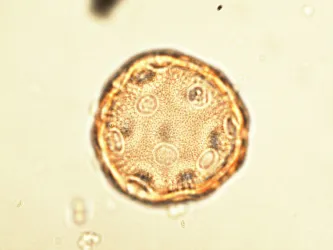
We specialise in the study of environmental change over recent Geological time.
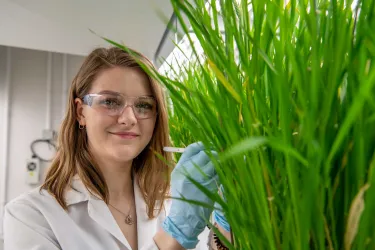
The plant growth facility provides a glasshouse and a selection of Controlled Environment Rooms (CERs) capable of housing traditional and novel plants.
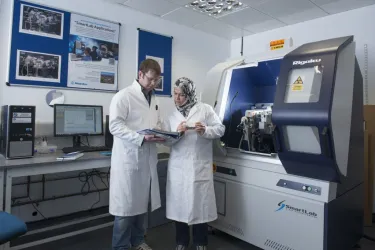
The powder and materials diffraction facilities offer a range of capabilities from simple phase identification through to complex materials analysis.
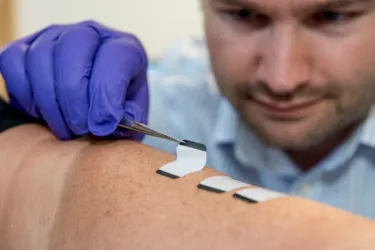
We are a purpose-built laboratory designed for evaluating medical and consumer products.
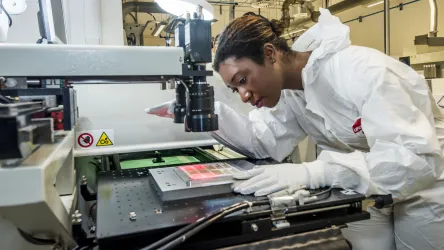
Here we make novel thick-film sensors, actuators and systems printed using silk screen and inkjet printers.
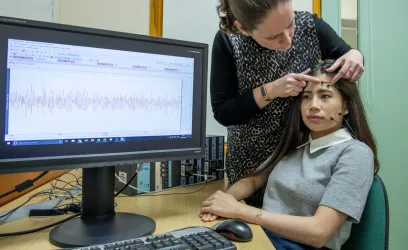
Using equipment like facial electromyography we explore the relationship between the mind and body to see how they interact.
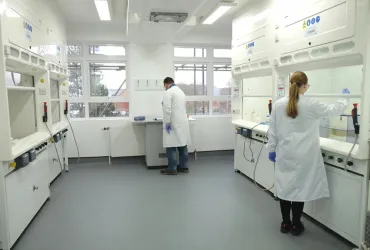
NNUF-EXACT is a centre for radiochemistry. We provide research and training in the accelerated nuclear characterisation and remediation technologies.
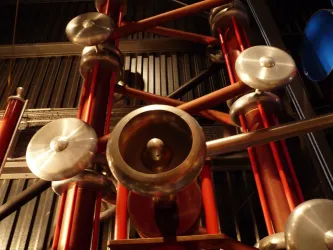
We have worked with many clients who require use of our facilities for testing a varied range of components and equipment for the railway industry.
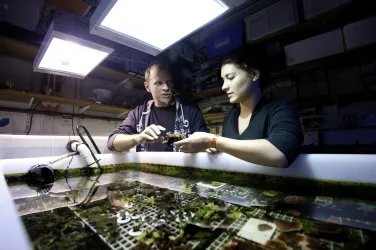
Our multi-purpose research aquarium houses a variety of tanks and facilities for keeping and handling live specimens.

R.V.Callista based at NOCS, is available to staff and students of Ocean and Earth Science
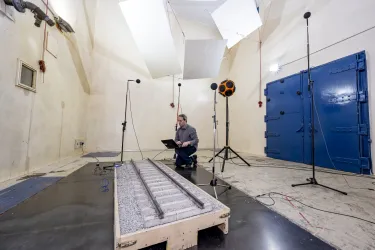
We have a large and a small reverberation chamber which we use for acoustic testing.
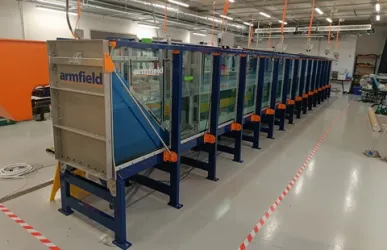
River, estuary and coastal resilient infrastructure testing flume (REAL) is a bespoke Armfield design, and the largest of its kind in Europe.
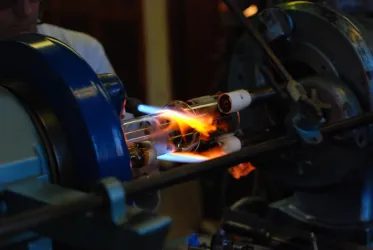
This workshop is furnished with all the equipment needed to design and make scientific glassware for research and development.
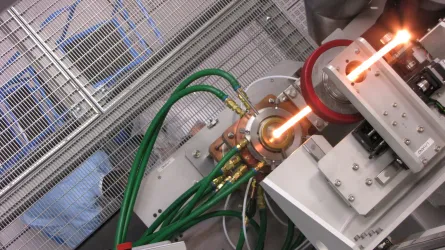
We specialise in the manufacture and research of doped and structured fibres. Our equipment includes fibre towers and modified chemical vapor deposition lathes. We also house a range of preform and fibre characterisation tools.
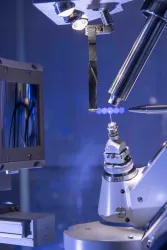
We provide a structure characterisation service and conduct research in chemical crystallography. We are home to four extremely high powered rotating anode diffractometers, with two copper source and two molybdenum source instruments.

We design, manufacture and fly uncrewed aerial vehicles (UAVs) for research purposes.
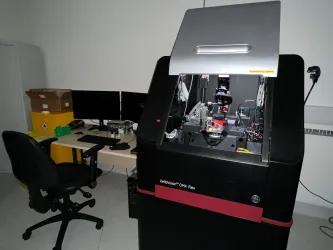
We have a super-resolution microscope which provides a range of advanced imaging techniques.
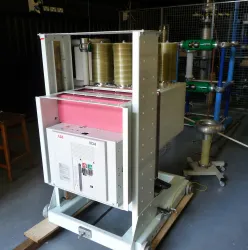
We are very experienced in testing of switchgear and associated plant as well as enclosures.
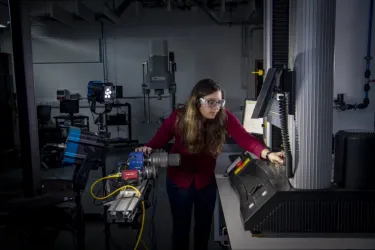
This regional and national centre for experimental mechanics research contains equipment capable of testing materials and structures across a range of scales.

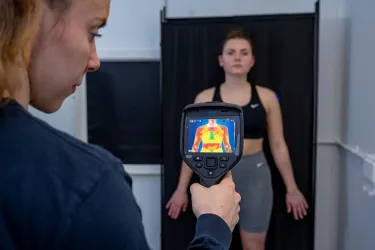
We are a purpose-built laboratory designed for researching how skin responds to thermal environments.
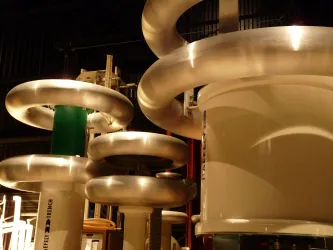
We have experience of testing medium voltage and current transformers and our impulse generators can be adapted to meet most test waveform requirements.
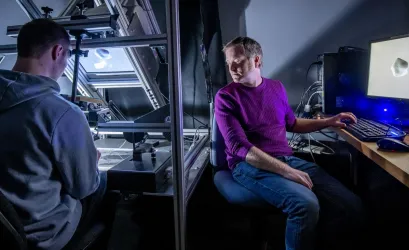
Our human computer interface technology lets us mimic physical sensations. We explore the way humans combine vision and touch to work out shape and material properties.
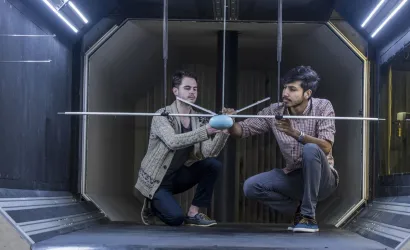
This is one of our larger wind tunnels. We use it for student research projects, wind engineering studies and marine industry work.
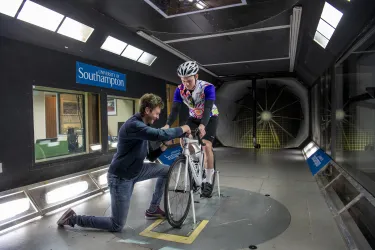
The R J Mitchell Wind Tunnel is the largest of our wind tunnels. It's ideal for vehicle aerodynamic work and performance sport testing. It can also be used for consultancy.
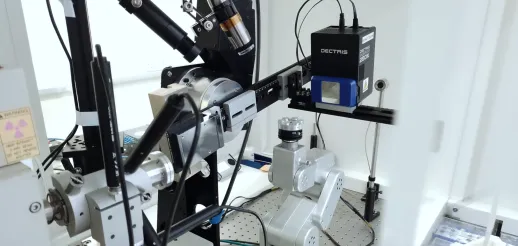
The X-ray diffraction imaging facility is suited for work including crystal structure determination, high resolution surface texture mapping, and texture pole plotting.